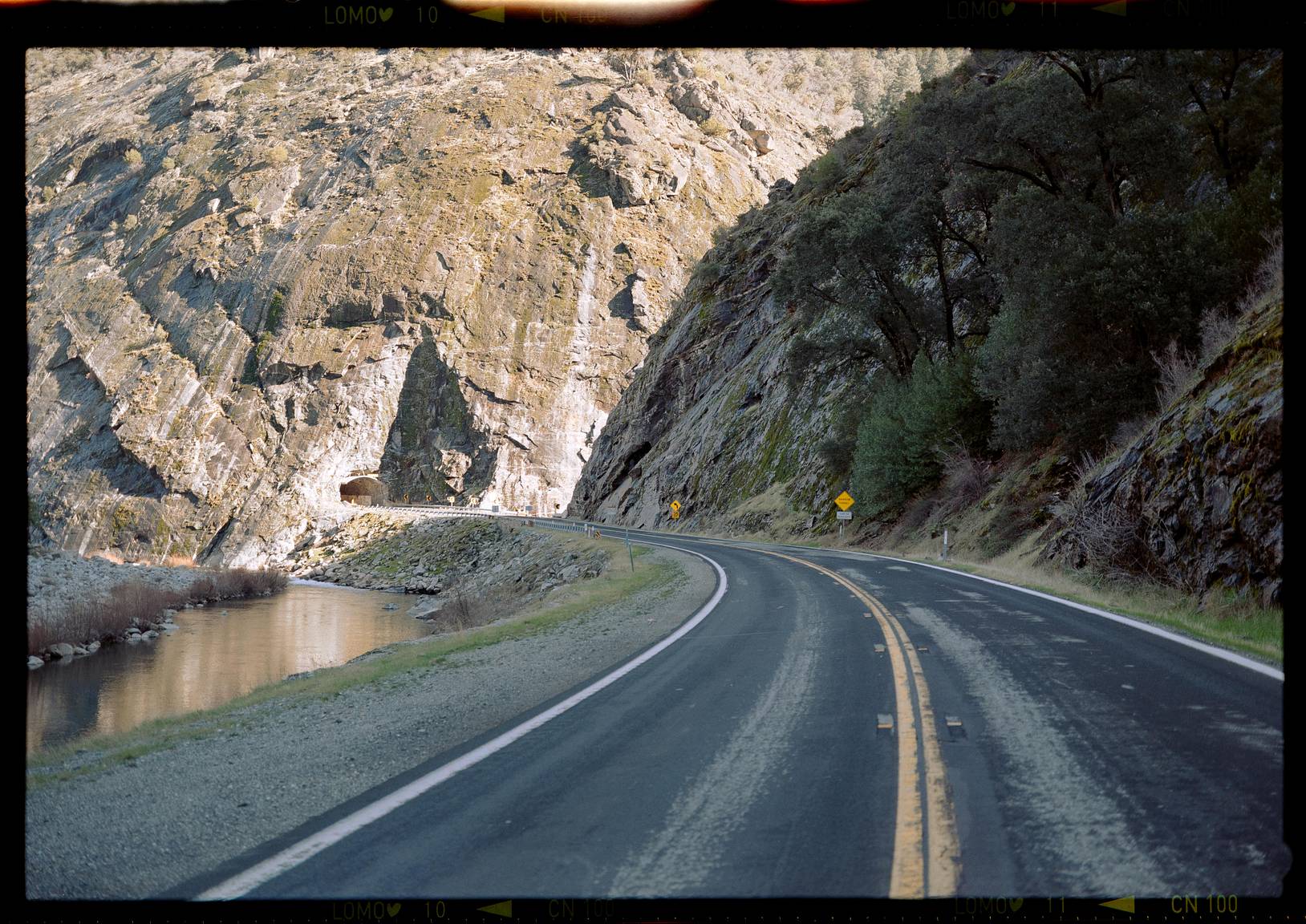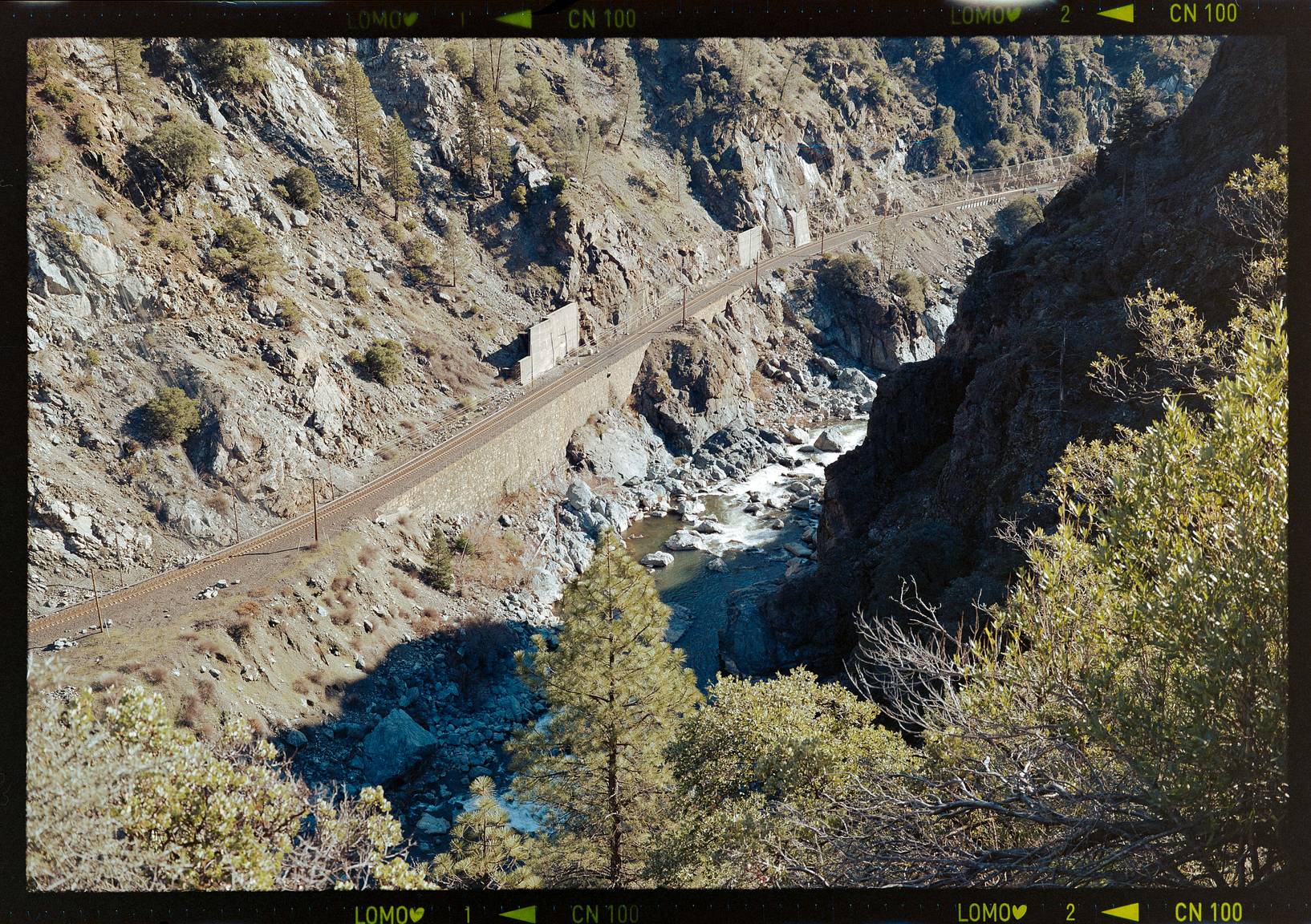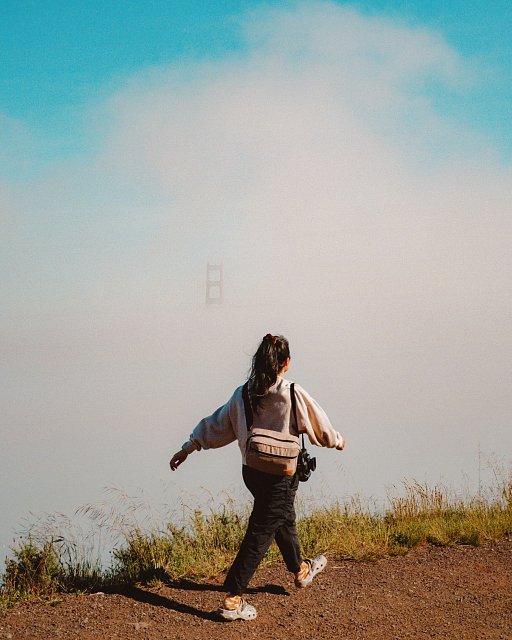Capturing the Northern Californian Landscape with Brendan Flesher and Lomography's Color Negative Family
5 Share TweetSome places just never get old, no matter how many times you visit them. For photographer Brendan Flesher, there is always a way to photograph the places he calls home in a new light. This time he documented the nearby Northern Californian landscape with each of our medium format color negative film stocks: Lomography Color Negative 100, 400, and 800.
Let's check out these photos and hear from Brendan about his experience shooting with this family of film!
Hi Brendan, welcome to Lomography Magazine! Can you start off by telling us a bit about yourself and your work?
My name is Brendan and I am based out of Northern California. Although I studied to become a history teacher, I find photography to be a passion that goes hand in hand with the field of history. In many ways history has influenced and aided my photographic work, and frequently this influence can reveal itself through the subjects that I choose or even the gear that I use.
When and how did your journey into photography begin?
My film photography journey began in earnest well over five years ago when I was studying in Berlin. I was immediately hooked to the format and found myself quite fortunate to be living in a city with such an active film community. At the time I was shooting with a cheap Voigtländer Vito rangefinder and Kodak Gold from Rossmann.
Tell us about these photos. What did you choose to shoot?
I chose to shoot one roll each of Lomography 100, 400, and 800 while travelling through the Feather River Canyon in Northern California. In the winter this canyon is surrounded by snow capped peaks and can really be quite wonderful. Many of the subjects that I captured are scenes and objects that I have seen for my entire life, as I grew up in close proximity to the canyon. During this time, the windy drive through the canyon never got old or boring, and I hope my images help portray the very reason why that is so.
What are your impressions of Lomography's Color Negative film stocks? How would you compare and contrast them?
Prior to my trip to the canyon, I had only ever shot Lomography 800 on a very limited basis. With that being said, I absolutely loved the film stock and found it to work quite well for landscapes, portraits, and everything between. As for Lomography 100 and 400, I went into the day with zero expectations and without having looked at many reference images. In the end I was pleasantly surprised with Lomography 100 and 400, and found them both to be exceptional for landscape shooting. By my reckoning, I found Lomography 100 to have less saturation, much like Kodak Portra 160, while having deeper shadows and brighter highlights, much like Kodak Ektar 100. Lomography 400 certainly had more saturation and greater highlight detail when directly compared to Lomography 100. Last, Lomography 800 had the 'punchiest' colors and equal, if not better, dynamic range as Lomography 400.
Which film stock is your favorite of the three?
My favorite would have to be Lomography 800, as I really like the color attributes in particular. The colors really jump out at you and the grain is far more subtle than one might imagine with a high speed film stock. I also really liked being able to shoot with my Fuji GW690II handheld while being in the deep shade.

Do you have a favorite shot from this series?
There are a couple images that I really like from this series, but the one that really stands out to me is the photo of the Belden Town Garage. The way that the reds of the garage trim just pop really made the photo an instant favorite of mine. When I metered and took this image, I certainly was not expecting such a result, especially given the fact that the subject was in fairly dark shade.
What kind of gear do you typically use to shoot?
When I am out shooting, my two favorite setups are either my Pentax 67 or Toyo 45AII. On most occasions I am out and about with the Pentax 67. When using that camera I bring along the classic 75mm and 45mm lens combo. I usually shoot Color Negative in such a case as it gives me the ability to covert particular images into black and white on a whim. When I work up the courage to use the Toyo 45AII, I tend to shoot mainly black and white film in either large format or 6x12 panoramic format. In both cases I bring along the 90mm Grandagon and 210mm Sironar lenses.
What is your favorite subject matter to photograph?
My favorite subject matter of all has to be my local area, as it offers both stunning natural landscapes as well as more 'mundane' urban and rural landscapes. In a single day, one can capture a typical, snowy Sierra Nevada sunrise, head into the Sacramento Valley to photograph lush oak woodlands, and then go out in the evening to find a classic Midwestern grain silo sunset.
Do you have any recent or upcoming projects you'd like to share with the community?
I do have a couple projects that are both in their infancies. The first one involves wildfires and their aftermaths on the California landscape. I haven't been too aggressive in pursuing new images for this project lately, but I find myself in a good position, both geographically and life experience-wise, to continue on with it. The second project would also involve local subjects but with a historical narrative to really bind everything together. This will more than likely involve the regions past and present history with Native American genocide and the associated transformation of landscapes.
Thanks for sharing, Brendan! If you would like to see more of his work, check out his Instagram, YouTube channel, or website. You can also watch his video about the process of shooting these photos here.
written by alexa_alexiades on 2024-02-23 #people #places #landscape #medium-format #california #120 #color-negative


























No Comments